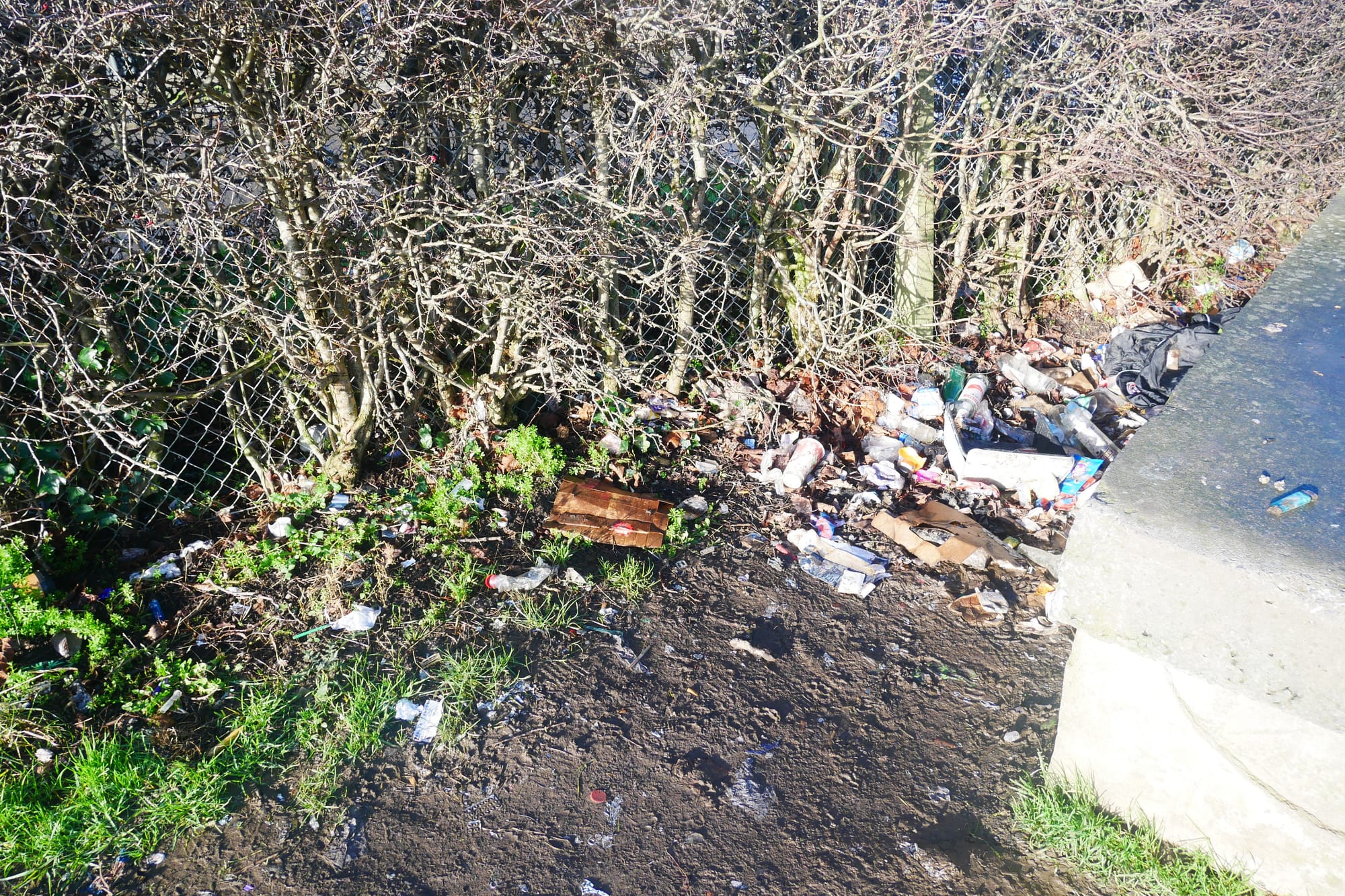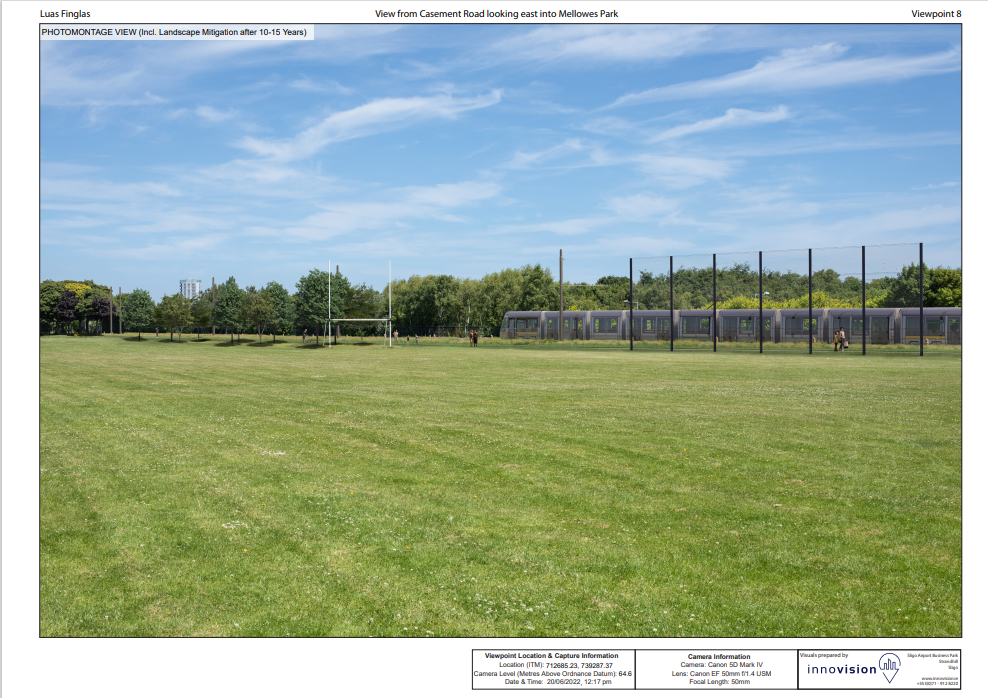Dublin’s Housing First programme is on pause, raising questions about competitive tendering for social care services
“Housing First works best when it is high quality, consistent and for as long as necessary,” says Samara Jones, coordinator of the Housing First Europe Hub.








